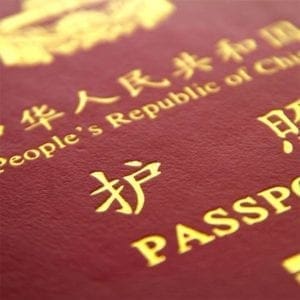International SOS, a leading medical and travel security services company, and Control Risks have launched Travel Risk Map 2016 to help organisations better understand the risks in the markets where they operate and travel.
International SOS has published a Health Risk Map since 2010. The map was renamed to Travel Risk Map for 2016 to take into account the newly integrated travel security risk and medical risk ratings.
The Travel Risk Map displays each country’s medical risk rating and travel security risk rating. The result is a comprehensive overview of risks by destination to aid organisations and staff in their travel risk mitigation efforts.
An analysis of international business travel against the Travel Risk Map ratings found that nearly 1 in 3 trips abroad are to countries with a higher medical or security risk rating than the travellers’ home country.
Rob Walker, Head of Information and Analysis at International SOS and Control Risks, said: “Education and information – and, in some cases, training – are vital to helping employees understand and mitigate threats to their personal safety. Our comprehensive overview reveals that in 75% of countries the medical risk is assessed to be at a different level from the travel security risk. This range within individual countries highlights the complexities organisations face when preparing staff to travel abroad. Organisations are encouraged to review both medical and security issues when preparing their employees for travel and assignment abroad.”
A recent Ipsos Global Advisor study asked participants about their concerns and preparations when travelling abroad. The report found that while 8 in 10 travellers have felt their personal safety could be threatened while abroad, less than 4 in 10 travellers research crime at destination, neighbourhoods to avoid, safety standards of public transport, or security features of their accommodation before they travel. The study also reported that while 71% of senior executive travellers have experienced a medical problem abroad; only 15% assess adequacy of local healthcare before travelling.
Dr Irene Lai, Medical Director of Information and Analysis for International SOS, said: “We created the Travel Risk Map to help travellers align their pre-trip preparations proportionately with the risks they may encounter in a particular location. Even in countries with a low medical risk rating and state of the art medical services, travellers may still need assistance with language or navigating an unfamiliar health care system – both of which can be significant barriers to obtaining care.”
Rob Walker concluded: “The reality is there are risks everywhere in the world. Understanding what those risks are, and then taking appropriate precautions is the best way to support your staff, enable business growth and deliver on duty of care.”
Learn more about Travel Risk Map 2016 and view the map online at www.internationalsos.com/travelriskmap. An interactive digital version is also available. Features include drill-down capabilities to see specific zones within countries that have a higher travel security risk rating, and city/country search functionality. The interactive map is freely available to clients to embed in their websites to share the information and educate travellers.
What’s New: Travel Risk Map 2016
- Addition of travel security risk ratings to countries and regions. Countries and regional travel security risks are rated ‘Extreme’, ‘High’, ‘Medium’, ‘Low’, or ‘Insignificant’.
- There are variable levels of travel security risks within countries. Mexico, Egypt, India, and Ukraine are examples of generally ‘Medium’ travel risk ratings, which have higher risk ratings in specific regions with that country.
- Countries are assigned a medical risk rating of ‘Low’, ‘Medium’, ‘High’, ’Very High’ or ‘Rapidly Developing Variable Risk’.
- Interactive digital version of Travel Risk Map freely available















